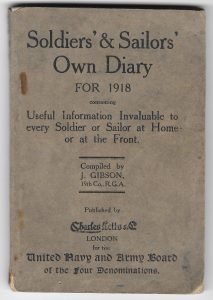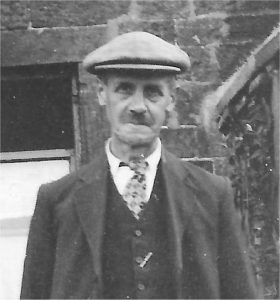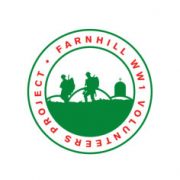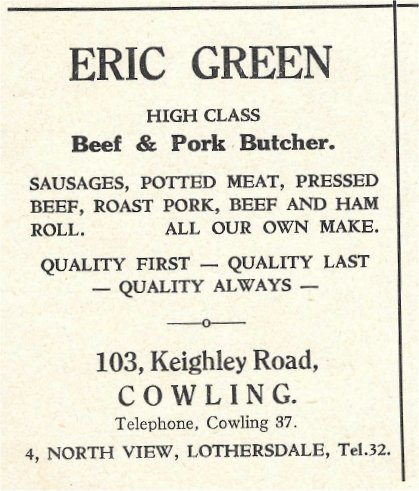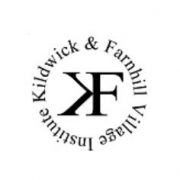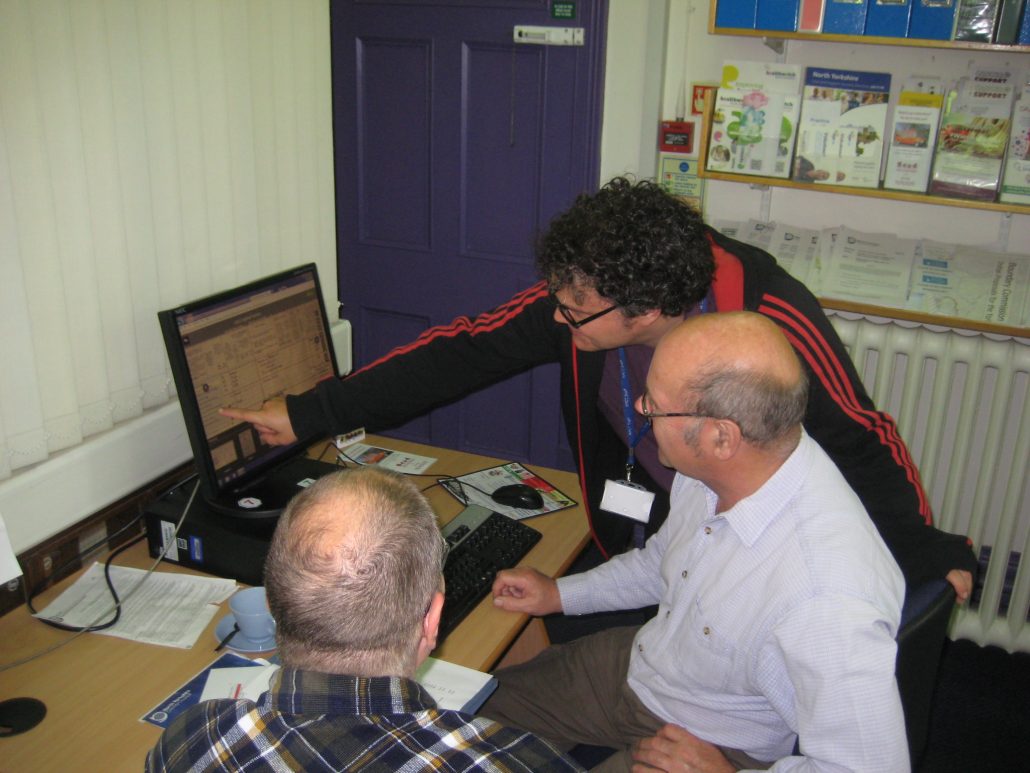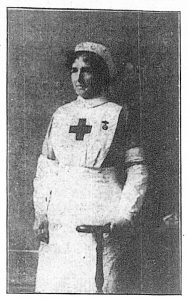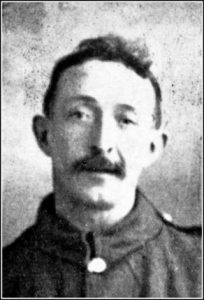On January 30th 1920 Thomas Appleby, the headmaster of Kildwick School, made the following entry in the school log book:
A School War Memorial with the names of 15 former scholars who gave their lives during the war has been erected in school. The central panel has a picture of a kneeling figure of St. George. The inscription is:
“That unselfishness and duty cheerfully done may be a lasting example. In grateful memory of former scholars of Kildwick School who gave their lives in the Great War“
He later appended a cutting from a local newspaper:
A beautiful memorial, provided by former scholars of Kildwick National School to commemorate the sacrifices of old scholars in the great war was unveiled in Kildwick National School on Sunday afternoon. The schoolroom was quite filled with old scholars, relatives and friends, the company including Mr. James Bairstow (Springfield), and Mr. W.A. and Mr. J.J. Brigg (Kildwick Hall). The service was in charge of the vicar of Kildwick (the Rev. C.E.V. Hodge), who said they were met to dedicate the tablet to the memory of the sons of the school who had fallen in the war.
The unveiling ceremony was fittingly performed by Mr. Thomas Appleby, who had been in charge of the National School as headmaster during the school days of most of those who had fallen. …
The memorial is of carved oak with brass panels on which are engraved the names of the fifteen old scholars who have fallen. The centre picture is of St. George kneeling, and is a replica, in colour, of the glass panel by Mr. G.W.P. Hutchinson, exhibited at the Royal Academy. …
The names inscribed on the memorial are: Tom Allsopp, Willie Barker, A.L. Backhouse, Fred Carlton, Walter Dawson, Fred Dixon, Joseph Green, William Mosley, Fred Scarfe, Joseph Smith, J. Allan Smith, Archie Sugden, T.H. Stephens, Frank Thompson, and H. Walmsley.
The mystery is “What happened to this memorial ?”. Did you attend Kildwick School ? Do you remember seeing this memorial in the school ? Do you know when or why it was removed, and what happened to it ?
If you think you can help us resolve this mystery, please contact us.


